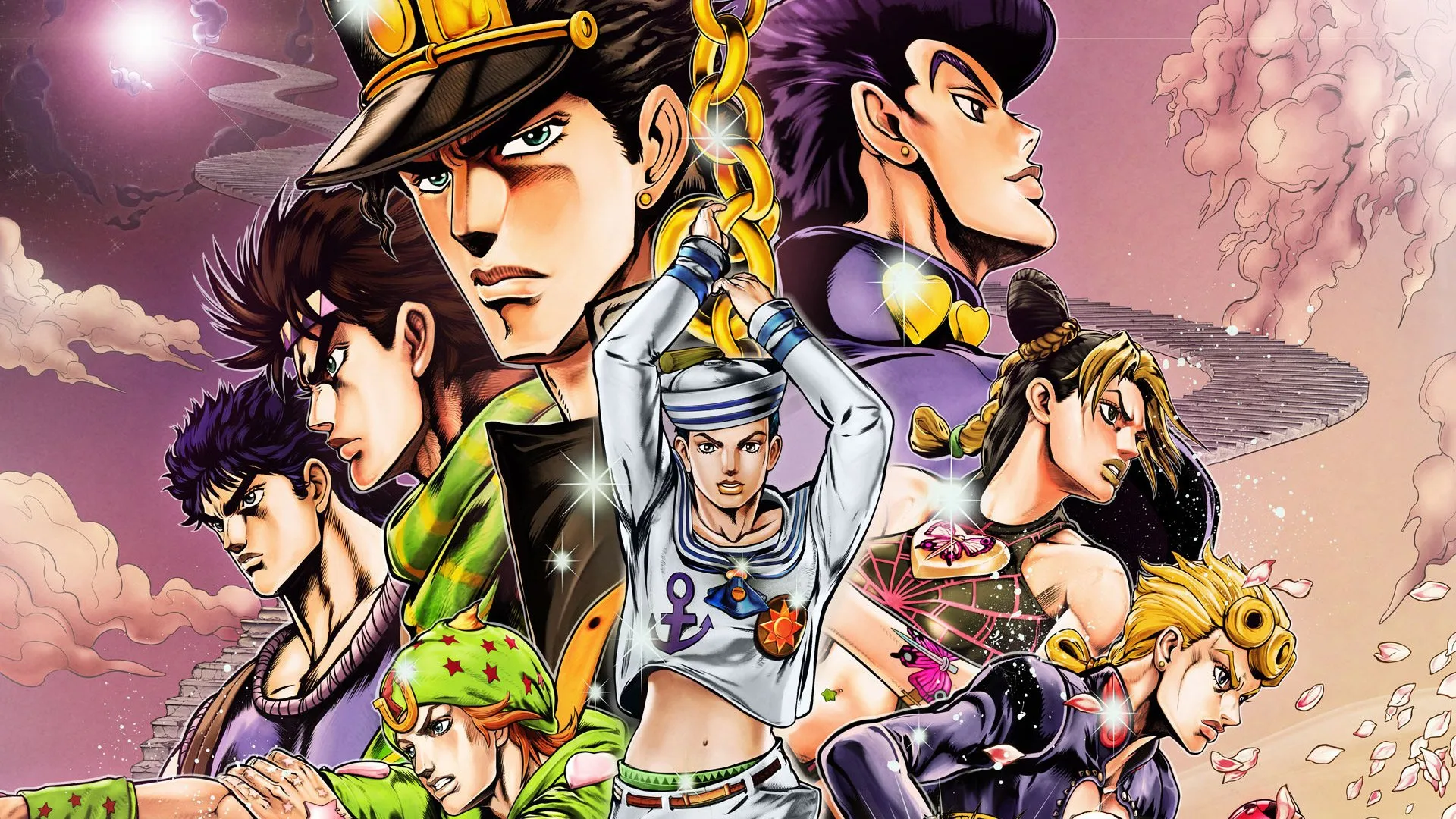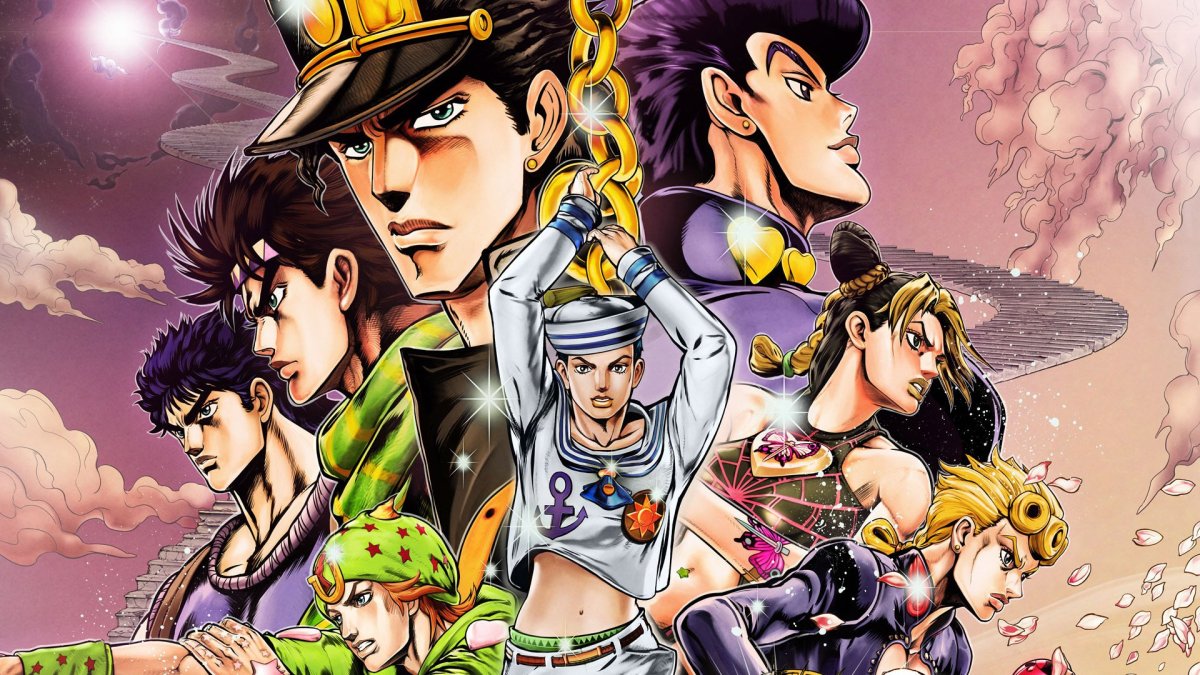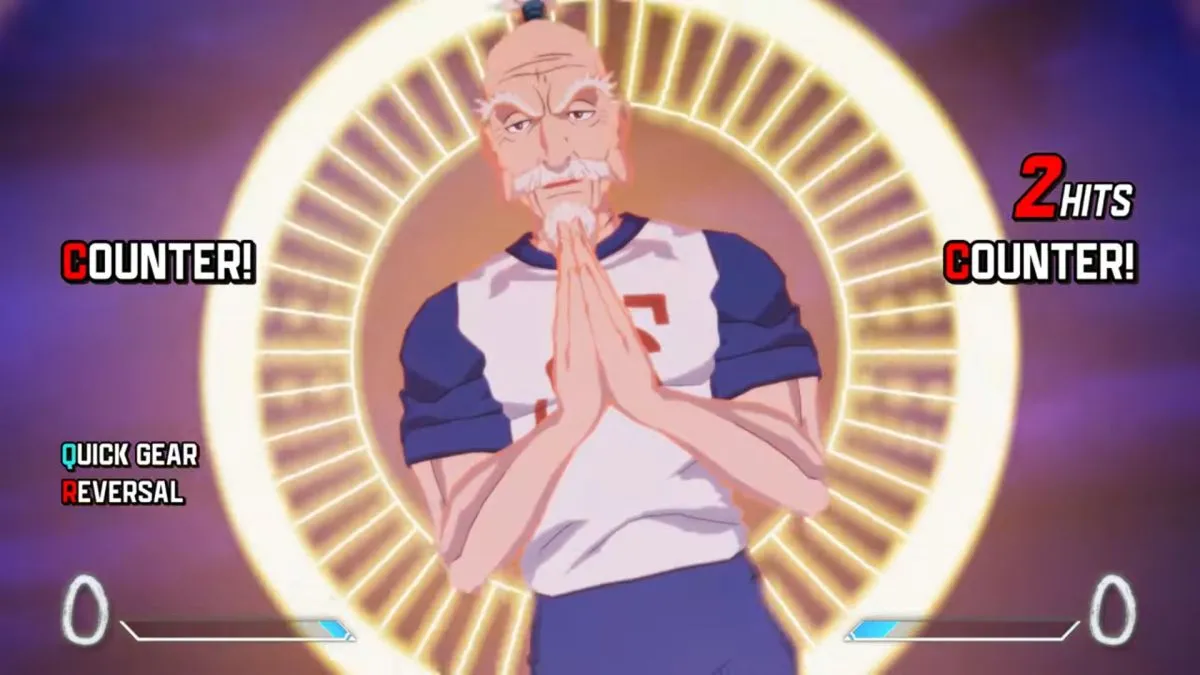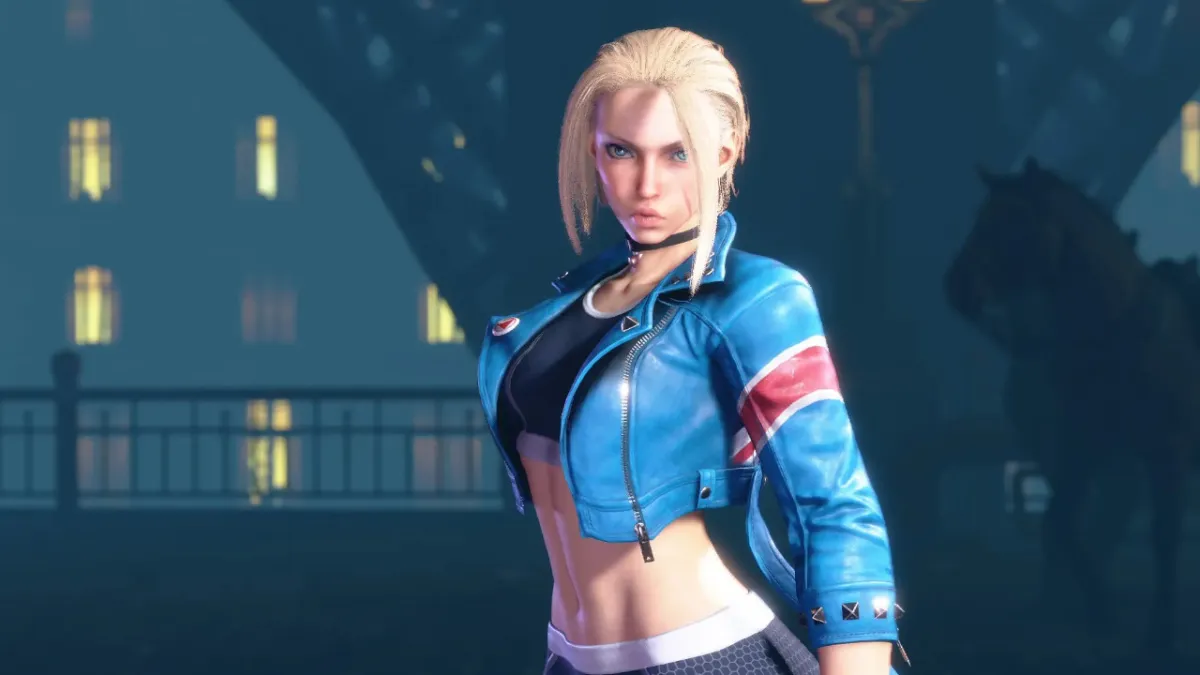JoJo’s Bizarre Premise for a Crossover Fighter
I’ve always thought that the world needed a definitive JoJo’s Bizarre Adventure game. The franchise tends to resist easy adaptation, and despite there being no shortage of attempts to bring it to the world of video games, it wasn’t until 2014’s JoJo’s Bizarre Adventure: All Star Battle that we got anything genuinely close to the magic of Hirohiko Araki’s legendary manga series.
But even All Star Battle fell short in key ways, not least because it was a serious, traditional fighting game, one whose demands left it less accessible to the many casual fans — yours truly included — that were hoping for a dose of JoJo’s style on their game console. We still needed a game that does for JoJo’s what Cyberconnect2’s Ultimate Ninja Storm series did for Naruto: A simple-yet-deep, pick-up-and-play experience that captured the spirit and the style of the source material.
JoJo’s Bizarre Adventure: Eyes of Heaven aims to be that game.

JoJo’s Bizarre Adventure: Eyes of Heaven (PS4 [reviewed], PS3)
Developer: Cyberconnect2
Publisher: Bandai Namco
Released: December 15, 2015 (JP), June 28, 2016 (NA), July 1, 2016 (EU),
MSRP: $59.99
On paper, Eyes of Heaven makes all the right moves. Developed by Cyberconnect2, the game appears to take a similar approach to the Ultimate Ninja Storm titles, translating Araki’s colorful characters and complex power sets into a more accessible 3D fighter.
Such an approach is well-suited to the JoJo’s style, making sense both for the way fights have played out in JoJo’s Bizarre Adventure stories as well as opening up the field for all manner of characters that wouldn’t otherwise work in a 2D fighter context. People like N’doul, a blind man that controls water, Iggy, a Boston Terrier with a sand-based “Stand” avatar, and even the younger, fighting-fit version of Robert E.O. Speedwagon (get it?) make an appearance.
In fact, Eyes of Heaven is so friendly to the JoJo’s fiction that it treats it as an intimately known quantity. A villain called “The Noble One” is up to no good, and it’s up to Jotaro Kujo and a host of heroes — including ones long dead and ones yet to be born — to travel across time and space collecting the parts of a magical artifact to stop him. The story is the same kind of cross-dimensional claptrap used to justify the likes of Super Robot Taisen, Dissidia: Final Fantasy, and the Musou games, and to its credit, it actually goes somewhere despite its generic start. It has the feeling of ambitiously produced fanfiction, and I don’t mean that as an insult. It clearly displays a deep knowledge of JoJo’s Bizarre Adventure and a love for Araki’s flamboyant characters and unique, absurdly stylized world. One place that may cause friction with hardcore JoJo’s fans is where — as with All Star Battle — various names have been changed to hide Araki’s love of naming things after famous western musicians and songs. This is rendered doubly absurd by the fact that the game’s Japanese voice track preserves all the original names anyway. I guess that kind of bizarreness is in keeping with series tradition.
One potential problem with this approach, though, is its assumption of familiarity with the whole of JoJo’s Bizarre Adventure, up to and including characters and plot developments. That can be a big ask considering it isn’t fully available overseas, and just four of the eight extant “chapters” of the story have been published in English or adapted for animation. People who are still catching up should be aware that the main story mode of Eyes of Heaven will spoil major plot and character details from all over the saga, including endings. Given the premise, it’s unavoidable, but the spoiler-sensitive should be concerned.

Thankfully, this doesn’t detract from the game’s gorgeous visuals. Cyberconnect2 applied its signature anime excess to every character animation, and the game replicates Araki’s distinctive character designs and exaggerated, over-the-top flamboyance almost to a T. Even in the limited animation of the cutscenes, every character walks like they’re strutting down the runway at a fashion show, and every match unfolds in a cacophony of special effects, insane special moves, and manga-style sound effects.
More’s the pity, then, that the controls and structure don’t quite match the effortless flamboyance of the game’s looks. Given the success of the Ultimate Ninja Storm series at dropping the barriers to execution while maintaining a voluminous cast of varied characters, the shortcomings of Eyes of Heaven’s combat and progression system strike me as baffling.

Battles in the game are arranged as two-on-two matchups. Solo or story mode players will control one character, with enemies and allies controlled by the AI. The two-on-two setup allows for up to four-player brawls online (there is no local multiplayer, oddly), but the end result in any mode is a bit too chaotic to make for a genuinely satisfying fight. Unique combo moves can be triggered by activating “Dual Combo Mode,” which in turn feed an ultimate “Dual Heat Attack,” a cinematic ultimate attack occasionally featuring bespoke animations for certain character duos.
Every battle contains a number of secret conditions called “JoJolities,” based on the stage, characters, match, or mission, and include such objectives as scoring a counter-attack using a certain move or attacking a character thrice from behind, or finishing off an enemy using a move used in the manga. The conditions add character to matches and a reason not to just button mash through a fight, but the fact that they’re often hidden usually means they’re left unfulfilled except by accident.
Characters can level up, build trust with each other, and unlock perks via a skill tree, but many character moves are inexplicably locked behind multiple layers of perk-buying and level grinding. As a result, the first few hours with any character will be dominated by mashing the basic attack button for lack of anything else to do. Why this was done is a mystery to me, given that the fun of just unlocking more characters to play with or figuring out the intricacies of some of the special attacks would have been enough. This isn’t the kind of good stuff that benefits from being hidden behind a grind.

Control-wise, it appears the team designing the game took the need for a simple, accessible system both too close to heart and not close enough. Players are free to roam about the stage and use terrain as needed (important for some fighters that operate their powers remotely). Jumping, attacking, and dodging are mapped to the face buttons, with one shoulder button controlling a “Style Action” (a move unique to the character, such as Jotaro’s time-stopping or Giorno activating his Stand’s “Requiem” mode), and another serving as the modifier to trigger various special moves.
The special moves are taken from each character’s repertoire, named after various quotes they’ve uttered throughout the manga. The moves range from obvious, like Jotaro’s “ORA ORA!” punch barrage, to obscure, like Kakyoin’s “Noriaki Kakyoin contemplates Hierophant Green!” It’s a short-range teleport move, but you wouldn’t know that from the quote alone. A useful tip for anyone playing the game: Read the detailed descriptions of every move in the command list. The effects can be complex and otherwise impossible to read purely from the visual feedback of the match itself.
The riotous special effects make it difficult to keep track a foe in combat, and the lock-on targeting is unreliable at making sure players can quickly close distance or, more critically, block or dodge attacks. That’s a major concern in single-player, since the player getting knocked out results in a loss. Unfairly, both members of an enemy party must be defeated for a fight to end, and the allied AI is too dim to be of much use. Matches tend to devolve either into absolute blowouts where one side or another double-teams each opponent in turn, or close shaves, where players win courtesy of a convenient stun-lock or where the AI spent its time running into a corner. Unpredictability is prized in a fighter, but when it comes in this way the result is usually frustration.

This is all stuff that a player can get used to given time and patience, and the quality of JoJo’s fanservice in the game is unimpeachable, enough that a forgiving fan can find much to enjoy in the package. All the same, it’s impossible to get past the impression that the game’s design is a distinctly B-team effort, driven more by a desire to differentiate from Cyberconnect2’s other flagship games than by improving on them or going with what’s worked. Simply put, we’re still looking for that definitive JoJo’s game, because JoJo’s Bizarre Adventure: Eyes of Heaven isn’t it.
[This review is based on a copy of the game provided by the publisher.]





